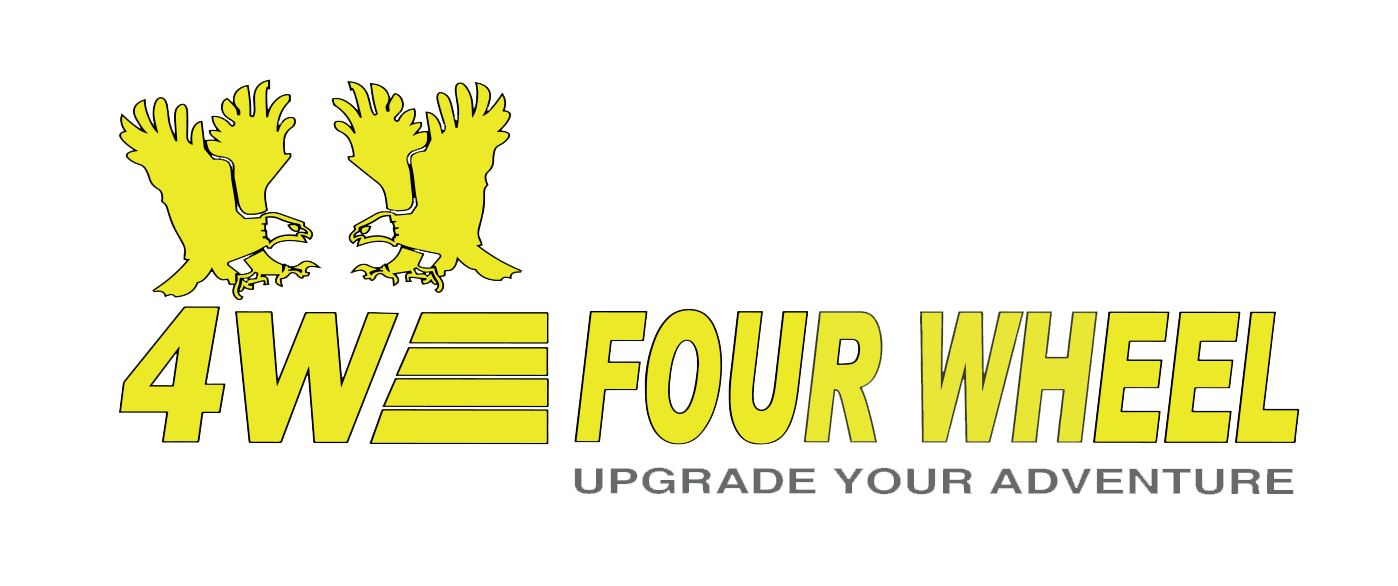Engine Cooling System Inspection
- caprihorse
- Golden Member

- Posts: 10
- Joined: Tue Nov 16, 2010 1:23 am
- Location: Bratislava, Slovakia
- Been thanked: 3 times
- Contact:
Engine Cooling System consists of various mostly metallic components, like:
There are different scenarios, when temperature gauge grows high on the dashboard.
I am not touching in this blog, how A/C system, additional radiator for A/C or A/T oil cooling radiator can influence the temperatures of your main engine coolant. If in the above mentioned facts, your coolant temperature is still increased, try to think how other components, like different temperature gauges at different positions at your system are connected to your vehicle system computer and how they are influencing other important parameters.


Thermostat Check

Upper Radiator Hose Check

- Engine block
- Engine head
- Water pump
- Radiator
- Thermostat(s)
- Clutch fan
- Electrical fans (optional)
There are different scenarios, when temperature gauge grows high on the dashboard.
- By sudden, temperature gauge is at the top and coolant is leaking out from somewhere
- Water pump is not pumping; Reasons - stuck bearing, rusted, no previous history
- Clutch fan not rotating; Reasons – clutch broken, belt broken
- Broken hoses between engine and radiator (Huge steam evaporate shall be seen)
- At this moment I still believe that thermostat is OK
- Temperature gauge grows about normal, not too much
- Your coolant turned to be mud, as you didn’t change it for years; eventually coolant level in radiator is low. Some engines can run without temperature gauge increase and 50% of coolant level. As your engine is completely cold, open radiator cap and check the colour of coolant. If it looks brown, it deserved chemical cleaning.
- Your thermostat stopped working. Before changing thermostat, check at running engine the inlet hose (to radiator) hardness, pressing with your fingers (careful, hot). If it’s tough, there is some blockage, which shows that water pump is working perfectly, but there is in an obstacle in the system. At this point there are two options:
- Radiator is stuck; Very rare, check the outlet hose (down the radiator); if it is same hard, radiator is fine, if it is soft, radiator is stuck, needs to be replaced.
- There is an obstacle in the system; probably the first thermostat is not opening enough. Some engines have only one thermostat, some have two, e.g. Nissan. Just to explain: The first thermostat, between radiator outlet from radiator and water pump serves to cool down engine head; it shall open at 77 degC for 9 mm. The second thermostat, called Water Control Valve, serving temperature for engine block, shall open at 95 degC for 8mm. To check, before buying, remove thermostat, boil it in a pot and see if it’s opening according the spec. If it will not open, replace it. Water Control Valve is not needed at all (sorry Nissan Engineers at R&D)…
- It’s very rare, that water channels in engine are blocked, unless you got unknown replacement engine
- Prevention
- Check always your belts for the small cracks from inside and replace them, when necessary; they’ll break typically inside the desert.
- Keep your previous belt as backup in your car, after replacement
- Do the chemical cleaning of the system (with removed thermostat) and replace your coolant; once a year
- Refill your radiator, few ml, after your every desert trip, in the morning, when it’s totally cold; additionally check your coolant reservoir tank for the right level. Yes, it does evaporate.
- Never put inside the radiator tap or drinking water, it contains salts and minerals.
- Chemical Cleaning
- Before cleaning remove thermostats, as they will remain with cold cleaning chemicals always closed, and cleaning mixture will just flow through radiator.
- Don’t let the guys at cleaning to sell you coolant; it will go out wasted as you need to put back thermostat in your garage, unless the cleaning gust can put the thermostat back in place in a proper way.
I am not touching in this blog, how A/C system, additional radiator for A/C or A/T oil cooling radiator can influence the temperatures of your main engine coolant. If in the above mentioned facts, your coolant temperature is still increased, try to think how other components, like different temperature gauges at different positions at your system are connected to your vehicle system computer and how they are influencing other important parameters.


Thermostat Check

Upper Radiator Hose Check






